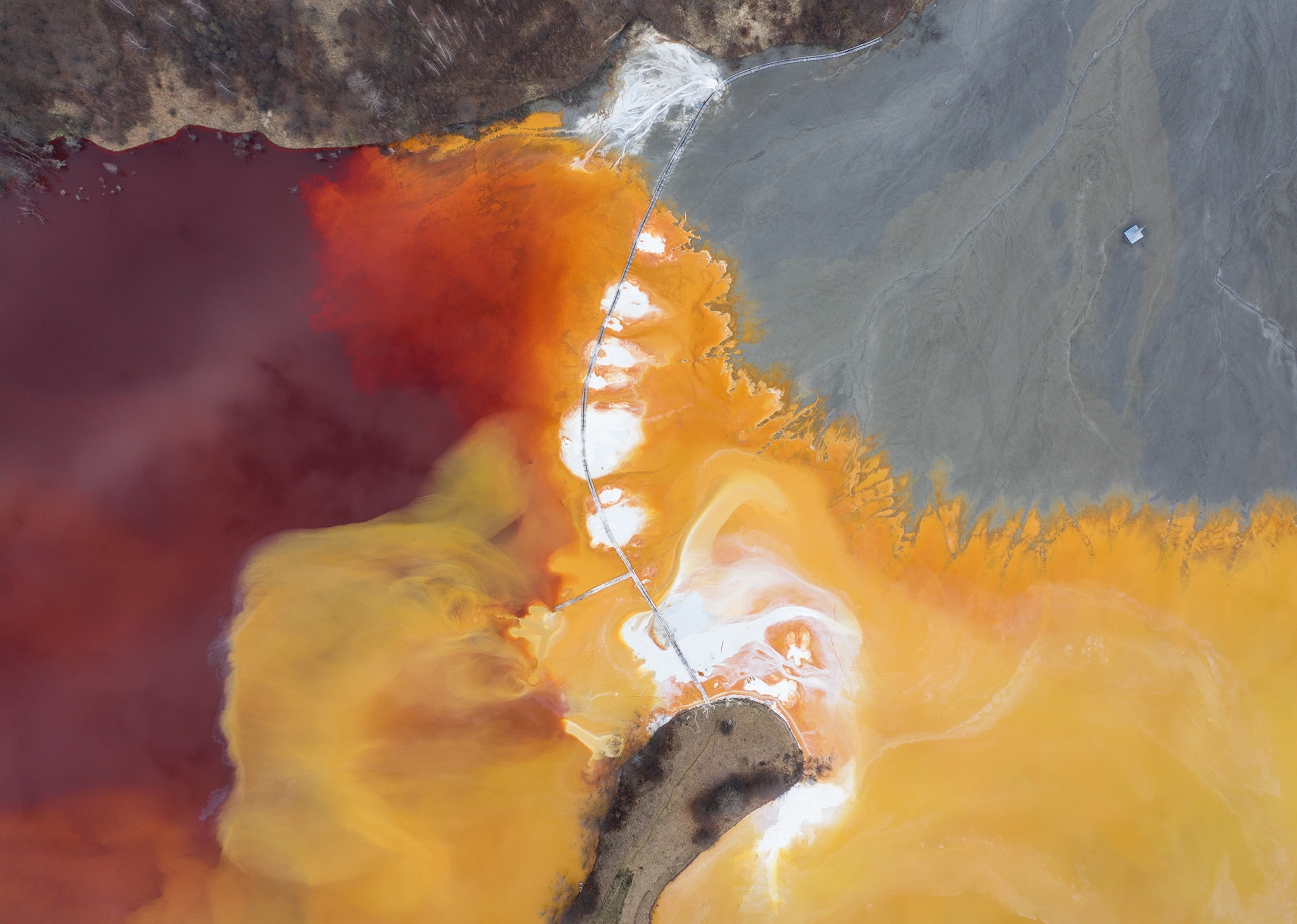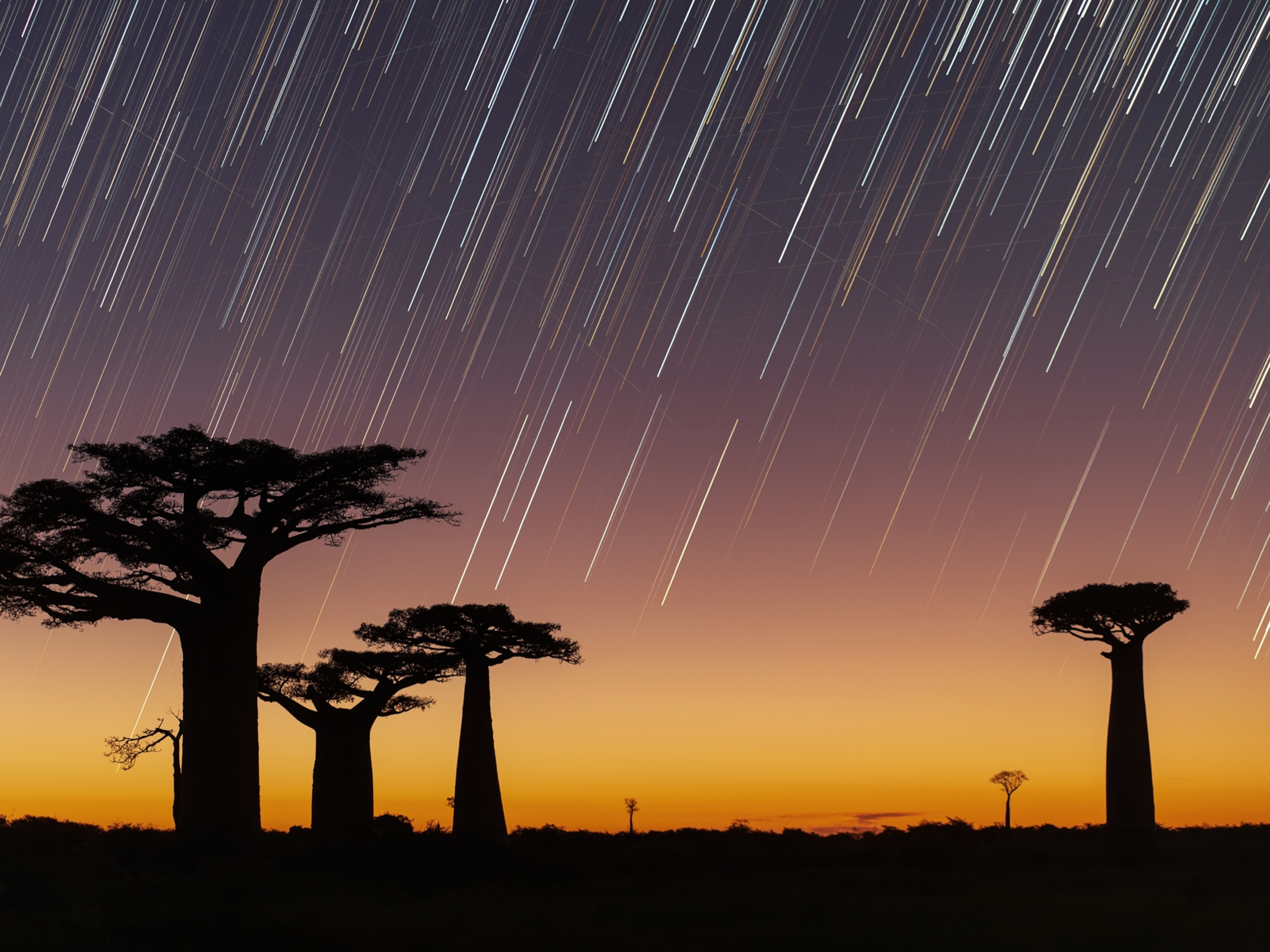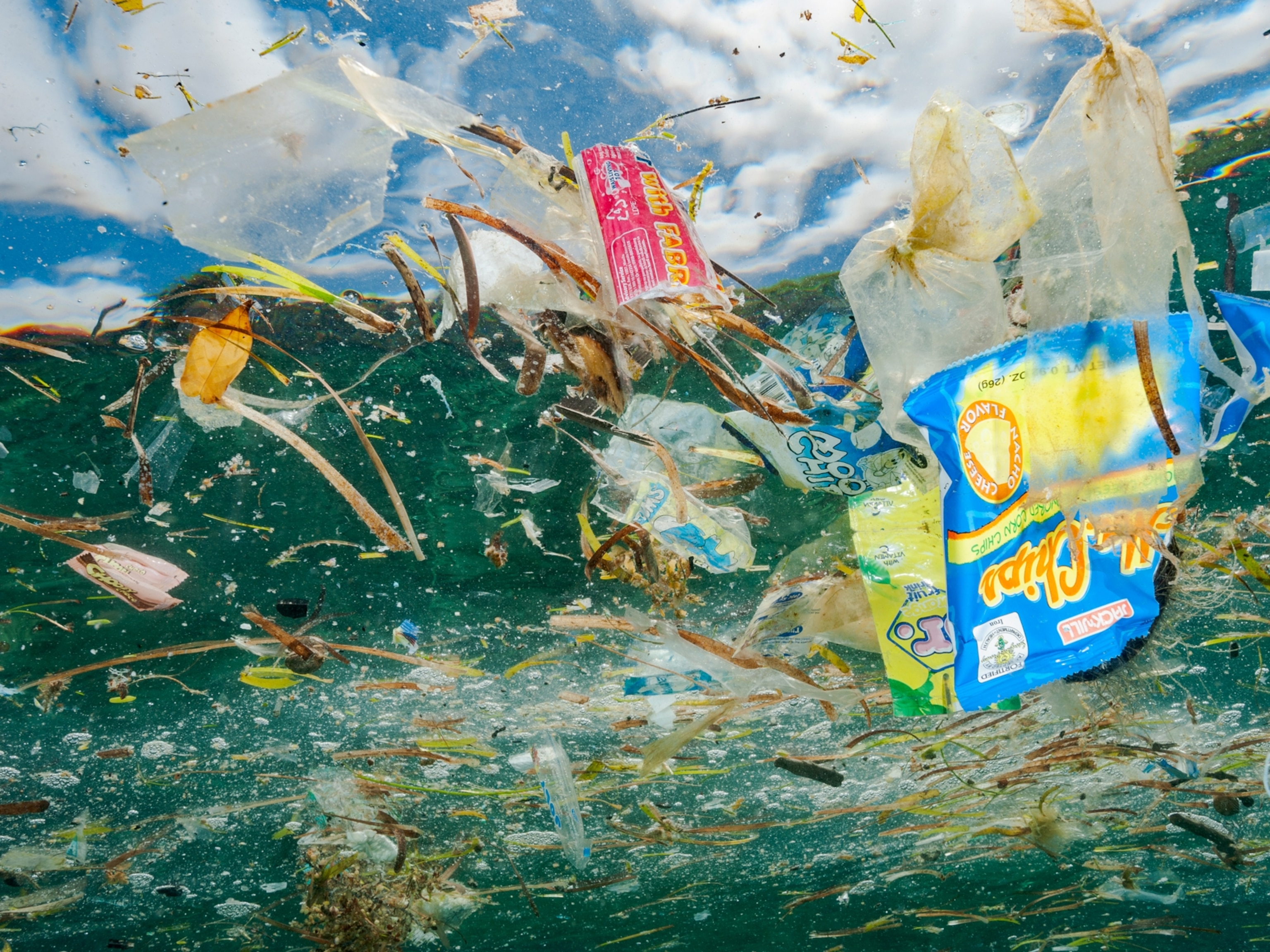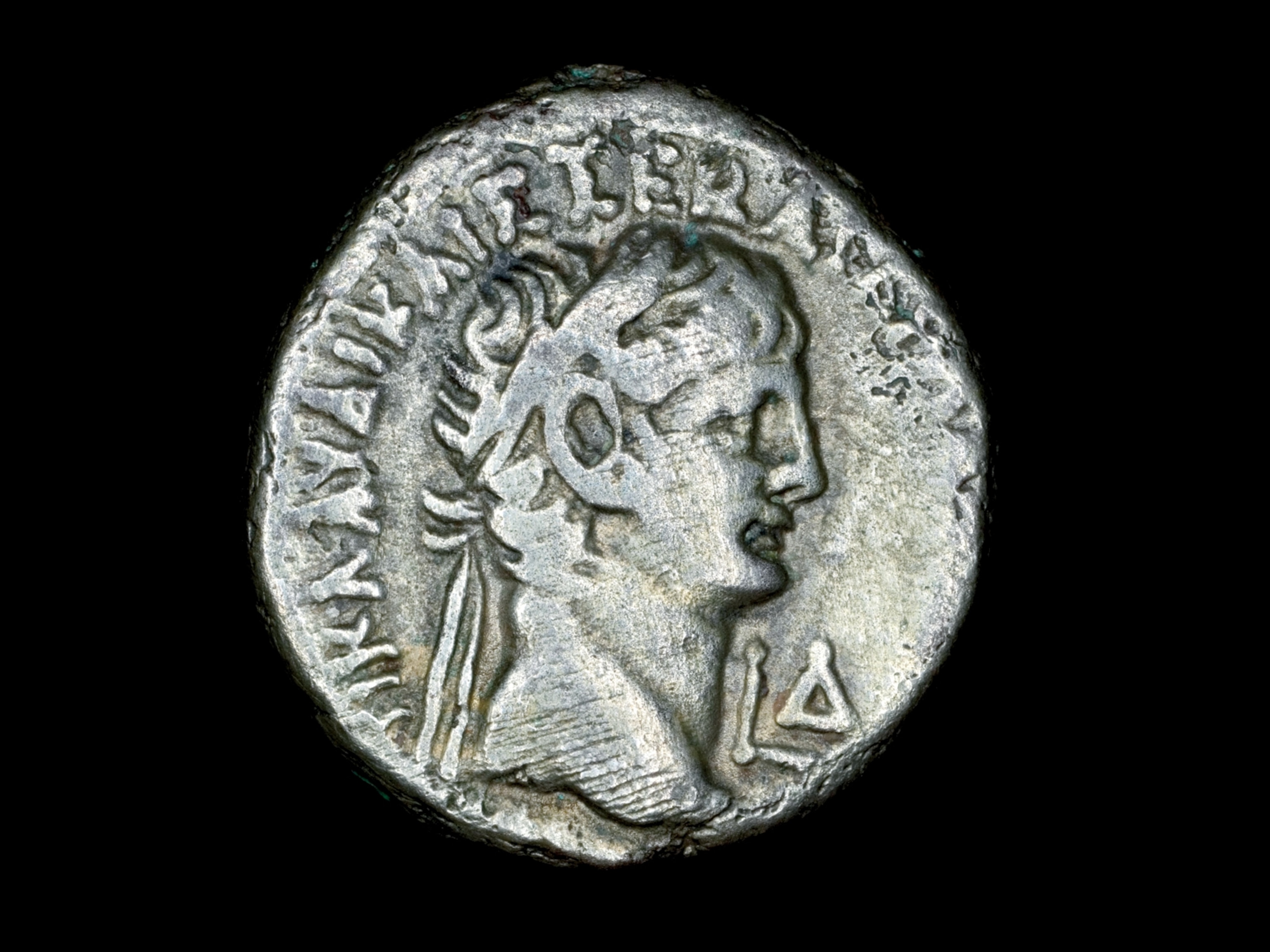The Roșia Poieni copper mine appears like a wound on Romania’s Apuseni Mountains. An open-pit mine operated by a state-owned company, it draws from the largest copper deposit in the country. In 1978, needing somewhere to discard the mine’s waste, President Nicolae Ceaușescu initiated the removal of residents from the neighboring village of Geamăna. Water and the mine’s sludge were then released into the village and the Şesii Valley, forming an artificial, partly viscous lake.
Gheorghe Popa grew up about two hours away by car, in the town of Aiud, at the base of the Apuseni Mountains. A pharmacist and nature photographer, Popa first encountered the dumping site in 2014. “To this day,” he wrote in the Romanian edition of National Geographic, “I can’t forget that chemical smell that even filled my mouth.” The unearthly scene mesmerized him: amid an otherwise picturesque mountain range, a lake tie-dyed in swirls of yellow, red, orange, and turquoise.
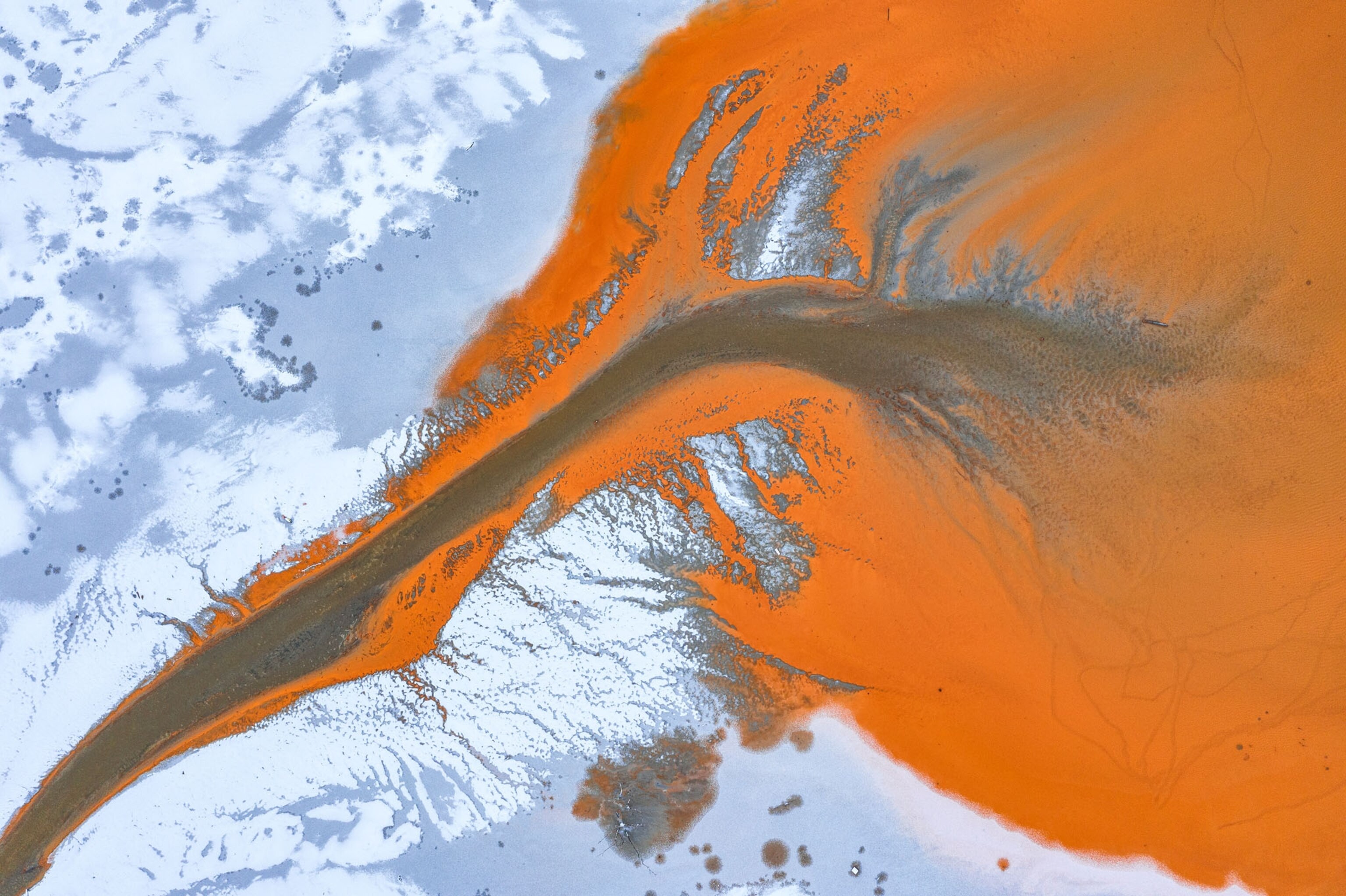
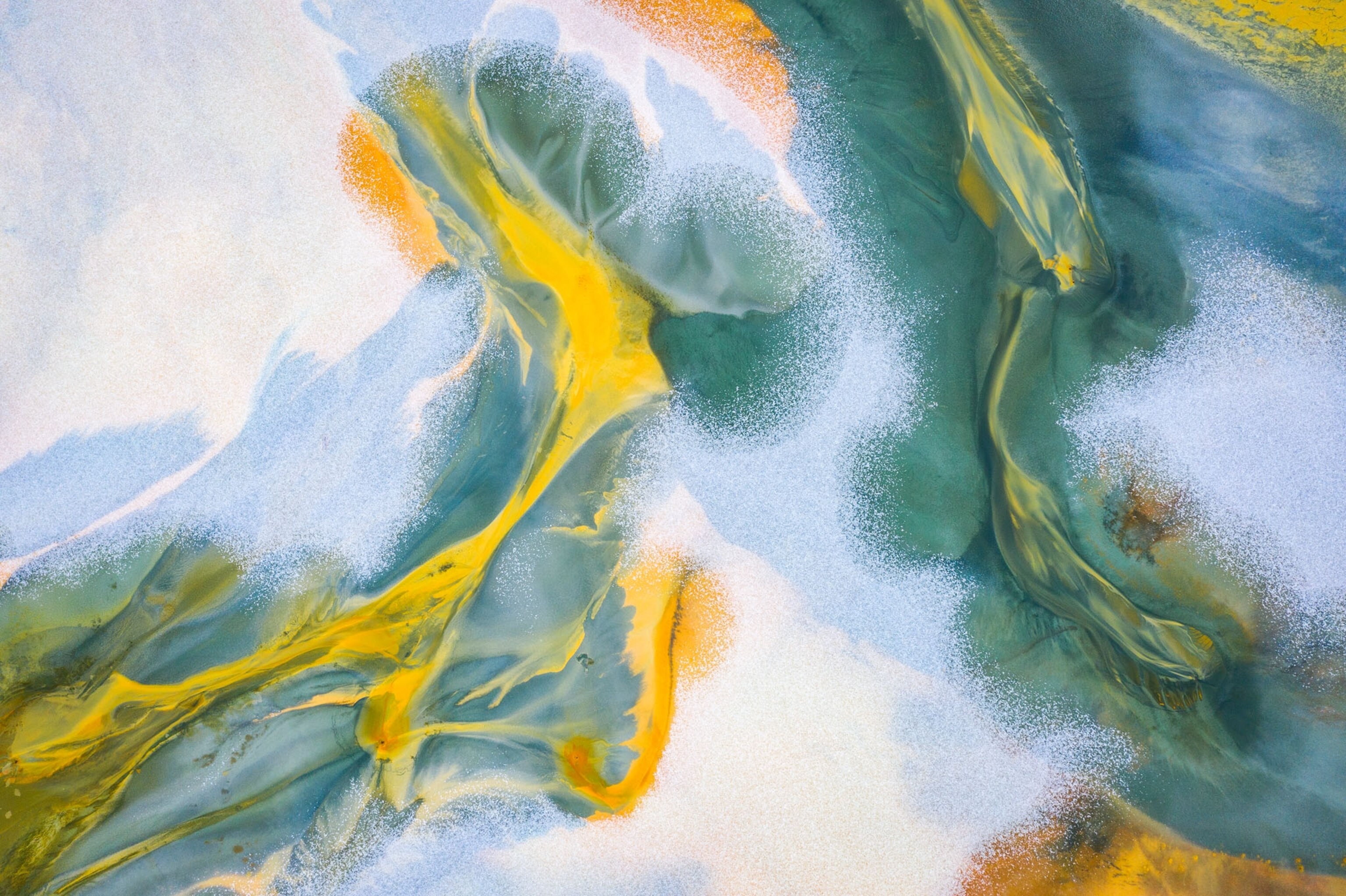
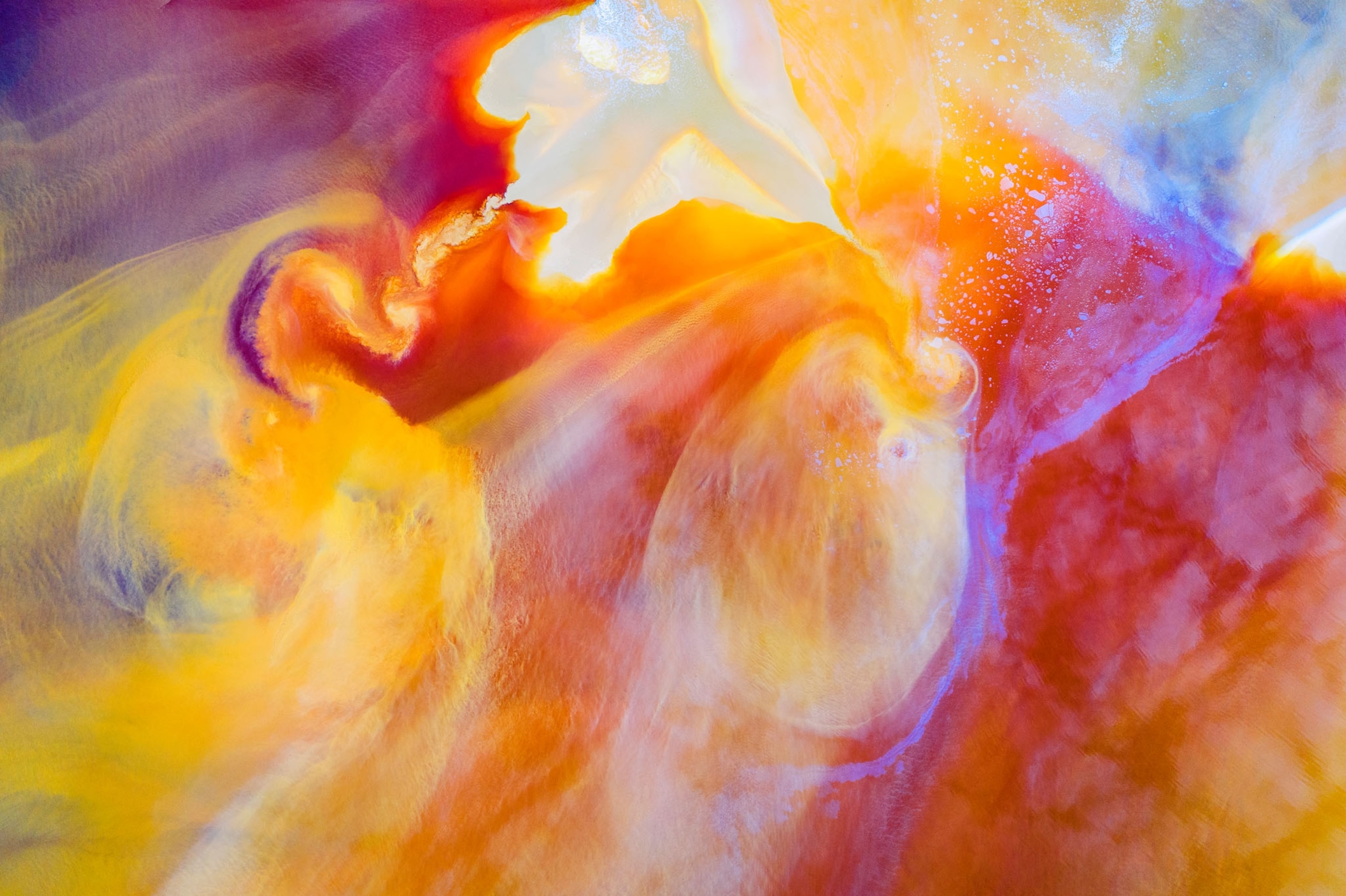
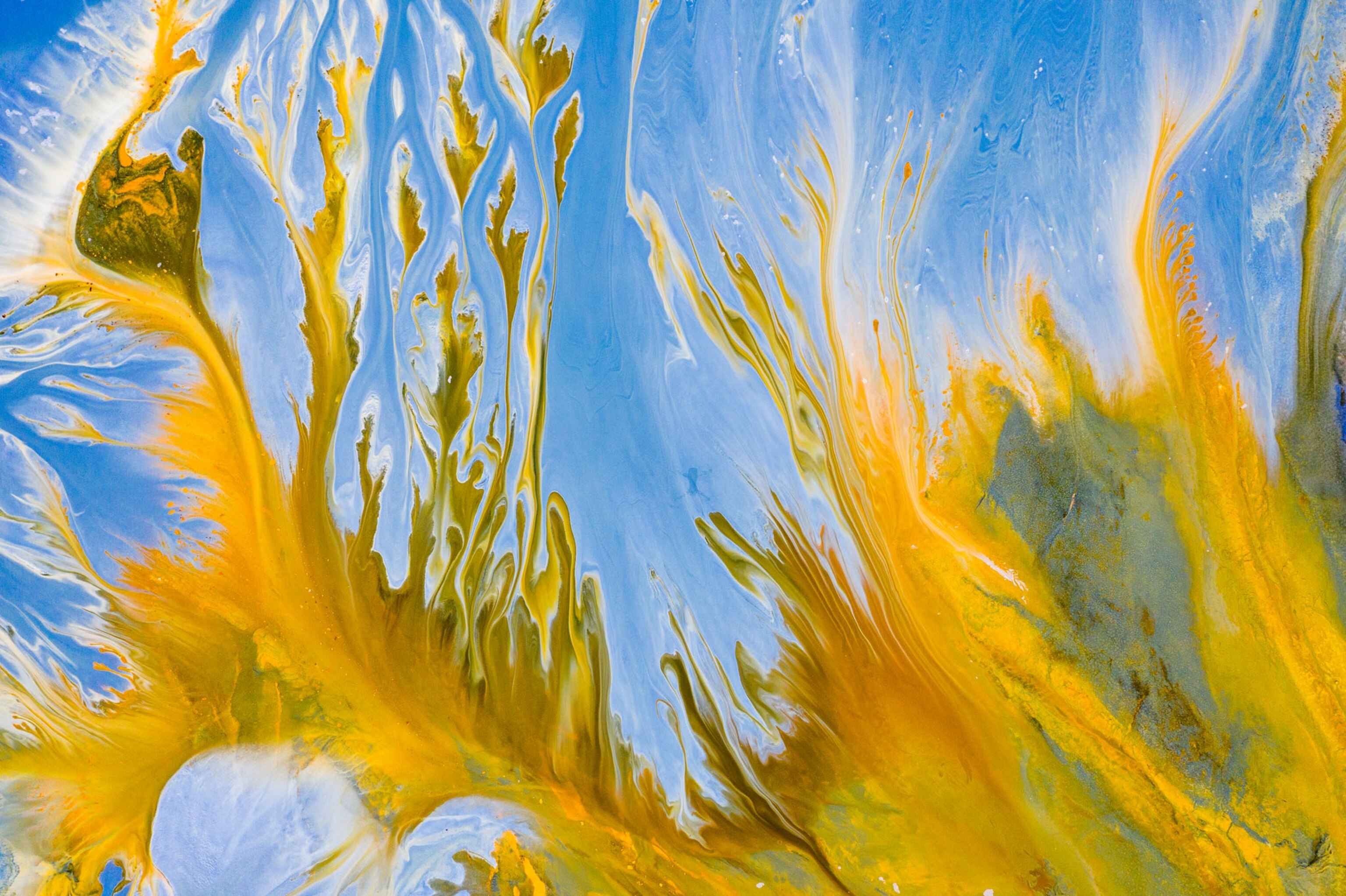
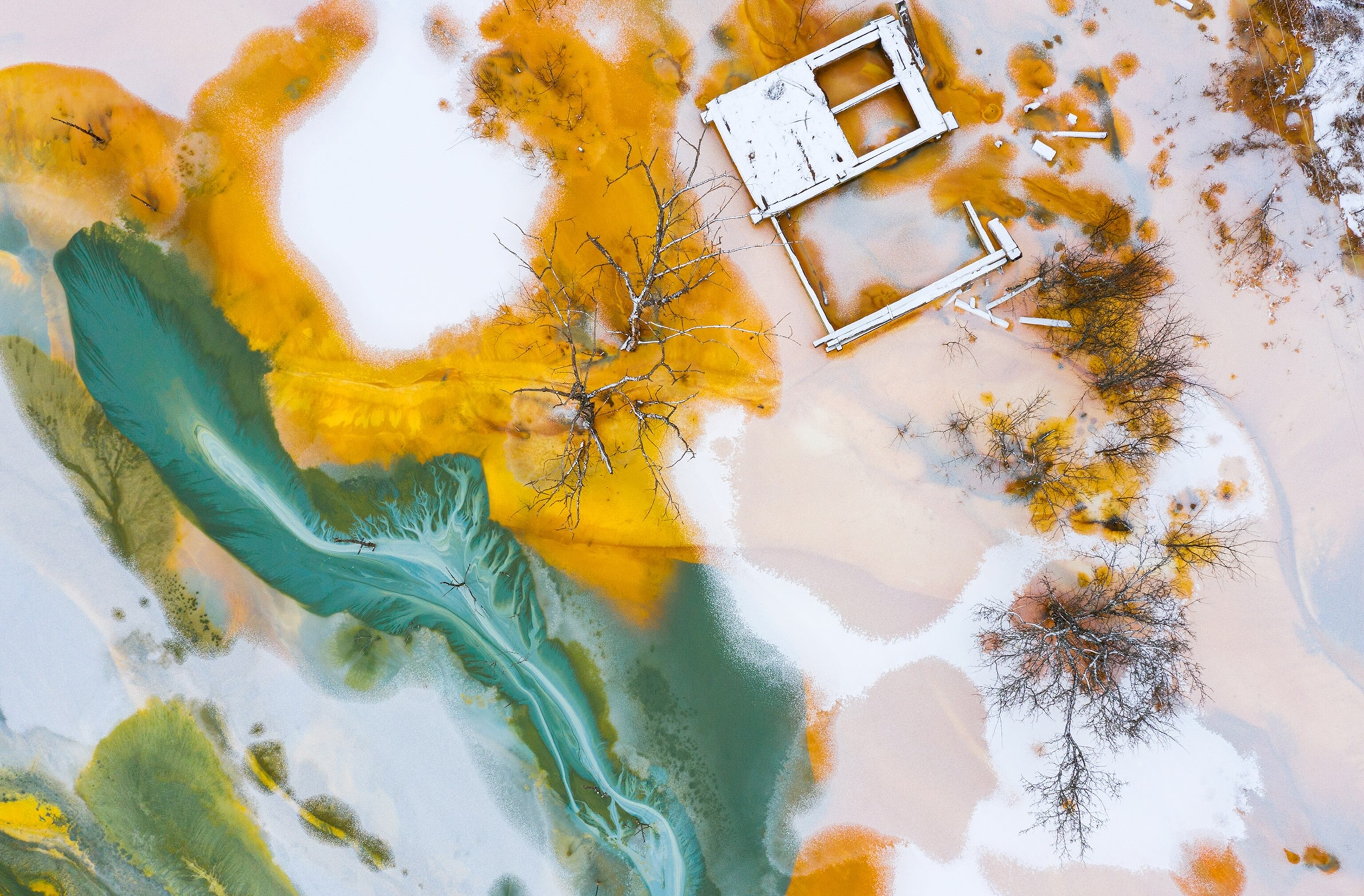
During subsequent visits, Popa deployed a drone to capture bird’s-eye views. The polluted valley has been fertile ground for his work: The visage of the lake and the possibilities for photographing it are always changing, depending on the substances poured into it, the time of year or day, and the quality of the light.
A small number of residents remain near the lake, hanging on in homes above the rising waterline. Some living in the area work at the mine. Popa also has witnessed ducks gliding across the lake’s multicolored surface. He hopes his photographs—though they may be inviting at first glance—will prove cautionary to viewers. In his words, “I wish the ‘beauty’ of this disaster could forever remind us that we must never let something like this happen again.”
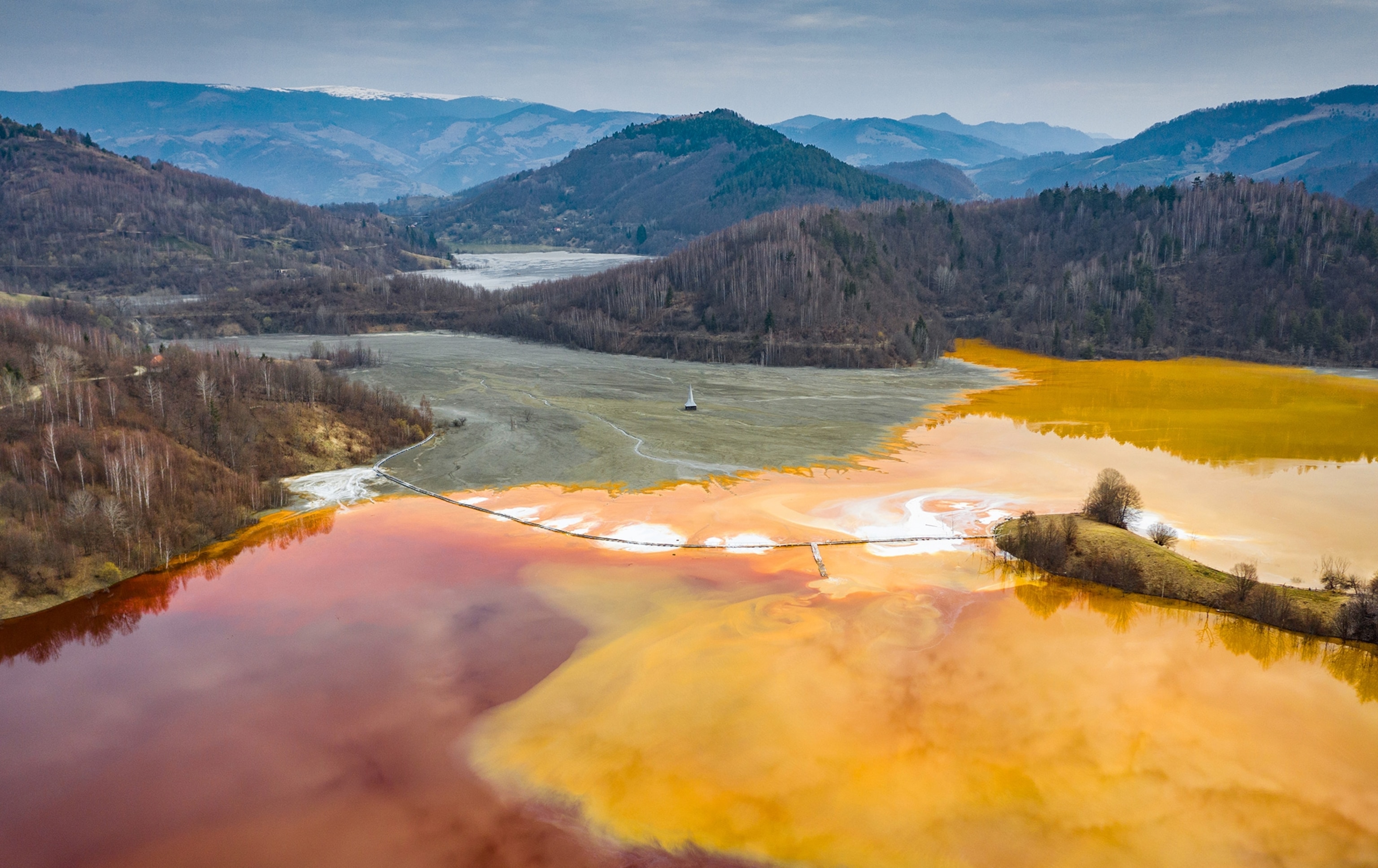
This story appears in the October 2021 issue of National Geographic magazine.
